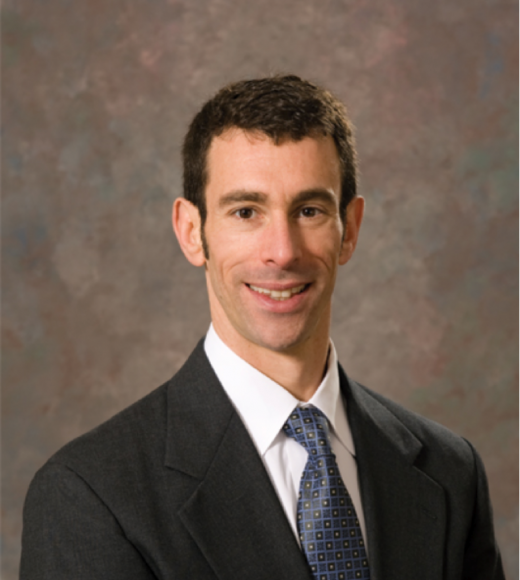
Position Title
Professor
- Neurobiology, Physiology and Behavior
Research Interests
Animal behavior typically involves interactions among networks of large numbers of interconnected neurons, but experimental techniques in most systems are limited to the direct measurement of single or small numbers of neurons. My laboratory uses computational modeling to bridge the gap between single-neuron measurements and hypothesized network function. We study a wide variety of systems and seek to address questions ranging from cellular and network dynamics to sensory coding to memory and plasticity.
One major project involves constructing models of networks involved in motor control and working memory in which a briefly presented stimulus leads to long-lasting, or “persistent”, neural activity whose level encodes the triggering stimulus. Our work focuses primarily on a model system for studying such activity, the oculomotor neural integrator, in which transient eye movement commands are accumulated into persistent neural signals that control the horizontal position of the eyes. By modeling electrophysiological and optical imaging data, we seek to dissect the contributions of synaptic inhibition, synaptic excitation, and intrinsic cellular properties to the generation of the observed neural activity. More recently, we have also been studying the role of the cerebellum in controlling the plasticity of oculomotor responses.
In a second set of projects, we have been modeling how desert harvester ants make decisions about whether to leave their nest and forage for food in the arid desert climate. These ants appear to integrate sequences of contacts from successfully returning foragers who provide evidence related to the amount of food in the environment. We hypothesize that the behavior of the ants can be described by a stochastic leaky integrator (that we term the "integrate-and-forage" model) such that each contact increases the probability that the ant forages and, between contacts, there is an intrinsic decay of the accumulated decision variable.
Center Affiliations
Graduate Program Affiliations
- 1993 B.S., Stanford University
- 2000 Ph.D., Harvard University
